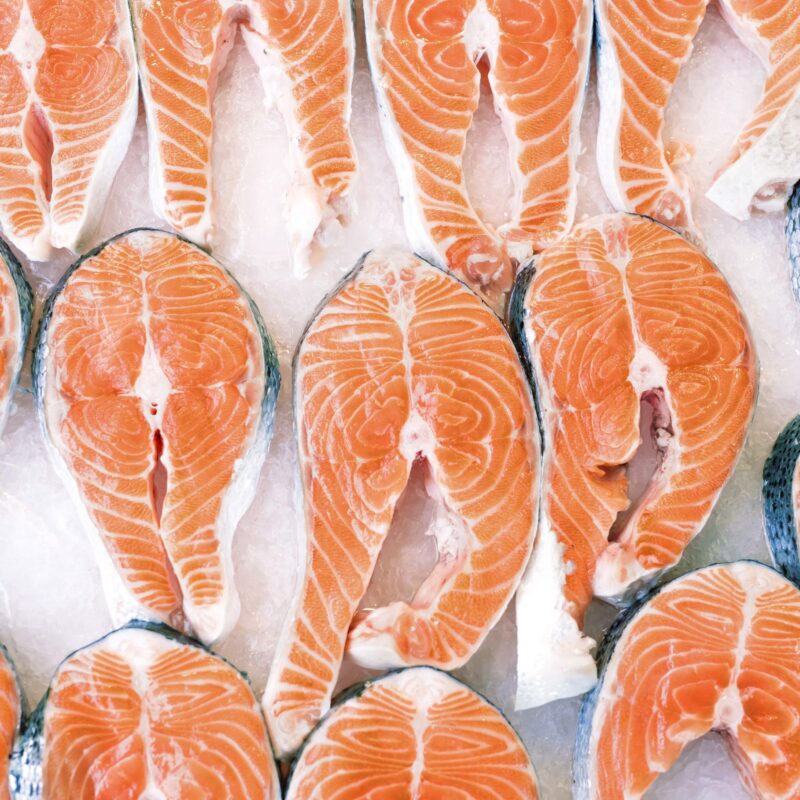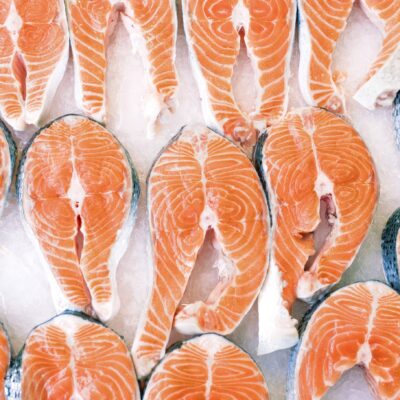It’s becoming the most popular fruit you’ve never tried—or have you? Pawpaws are having a moment, so if you’re the sort who likes to sample new things, you may well have gotten your taste buds on a pawpaw already.
Not that pawpaws are “new.” Actually, they’re native to the Appalachians, and they have a long history in local food that famously includes being enjoyed by Thomas Jefferson and George Washington. The wild plants present an invitation and a challenge to foragers when the fruit ripens in late summer. As a cultivated tree, the pawpaw comes in several varieties. Michael McConkey has been selling pawpaw trees since he opened Edible Landscaping in 1987.
“They are our best seller by far,” he says, adding that the pawpaw is seeing a “little renaissance” among home orchardists. Virginia State Delegate Elizabeth Guzman even sponsored a bill in the General Assembly this year that would have made the pawpaw the official state fruit. (The measure, HB 592, was pushed off until 2021.)
Local food and drink producers are on the pawpaw train, too. With their soft, custardy texture and tropical banana-mango flavor, the fruit of Asimina triloba are certainly distinctive. South Street Brewery, which offered Pawpaw Moon sour ale in 2018, called them “odd and delicious” when announcing the beer on Facebook. Ian Glomski, the founder of Charlottesville’s Vitae Spirits, says although pawpaw doesn’t please everyone, it definitely has its devotees.
He didn’t know what to expect from it, but Vitae’s Paw Paw Liqueur has been a good seller. Glomski, who sees it as a “very Charlottesville” product given the Jefferson connection, plans to concoct more this fall. The process involves using flash-frozen pawpaw pulp, sourced from a farm in southern Ohio, to infuse flavor into a rum base. “Through tastings, we decided it needed more acidity, so we added some citric acid,” he says. “Pawpaws are pretty tropical, not very acidic, and I wanted a little more balance of sweetness and aromas.”
Two years ago, Richmond’s Blue Bee Cider used wild pawpaws, foraged near the James River, to infuse a limited-edition batch of Gold Rush apple cider. “I happen to live close to the river, and I learned how to identify the trees,” says Blue Bee’s Brian Ahnmark. “We did a collaboration with Väsen Brewing where we fermented Gold Rush cider in a chardonnay barrel they provided, which had previously held a grapefruit tripel beer of theirs.” The blend of flavors—mango and banana from the pawpaw, creamy vanilla notes from the chardonnay, and pineapple from the beer—“turned out really well,” Ahnmark says. “We left it noncarbonated; we liked the mouthfeel without bubbles.”

Vitae Spirits’ Paw Paw Liqueur utilizes the fruit’s pulp and infuses it into a rum base. Photo: John Robinson
He’d like to do something similar again in the future, but foraging is unpredictable, and it can be tricky to tell when pawpaws are ripe. With such a truly local fruit—which has a short shelf life—one must take a Zen attitude, and enjoy the bounty if and when it arrives.
Micah LeMon of The Alley Light has taken an interest in foraging pawpaws and, when they’re in season, he likes to offer a pawpaw daiquiri.
Making it is not simple, since he first undertakes a multi-step process to make a pawpaw cordial. “It takes a lot of work,” he acknowledges.
You can always eat a pawpaw as nature made it, scooping out the flesh from around the large, beanlike seeds. Fans also enjoy pawpaw jellies, smoothies, and pies. But McConkey thinks there’s something even tastier: “The best,” he says, “is pawpaw ice cream.”





